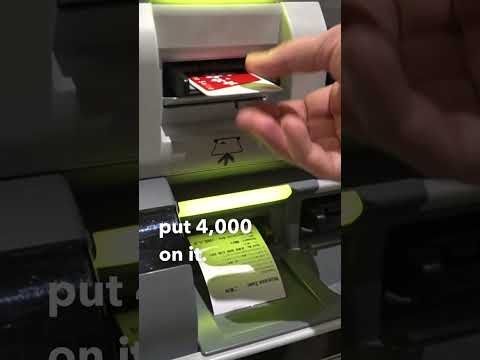
Arriving in a new country can be both exhilarating and intimidating, especially when the culture and language are as distinct as they are in Japan. Known for its blend of ancient tradition and cutting-edge modernity, Japan offers an unforgettable experience for travelers. However, navigating the first hour in Japan can set the tone for your entire trip. Here’s how to make it through smoothly:
#### 1. **Pre-Arrival Preparations**
Before you even land in Japan, ensure that you have all necessary documents handy. This includes your passport, visa (if required), and a printed copy of your accommodation details. It’s also wise to exchange some money into Japanese yen (JPY) beforehand or ensure that your credit card is accepted internationally.
#### 2. **Navigating Immigration and Customs**
Upon arrival, you’ll first need to go through immigration. The process is generally efficient but can be time-consuming during peak hours. Have your passport, landing card (filled out during your flight), and visa ready. English signs are abundant, and staff often understand basic English phrases.
Customs is typically straightforward; just follow the signs for the appropriate channel – nothing to declare (green) or goods to declare (red). Be aware of Japan’s strict regulations regarding prohibited items, including some over-the-counter medications common in other countries.
#### 3. **Collecting Your Luggage**
After clearing immigration and customs, head to the baggage claim area corresponding to your flight number displayed on screens throughout the terminal. Carts are usually available free of charge.
#### 4. **Connecting with Transportation**
Transportation is likely one of your first big challenges upon exiting the airport:
– **Trains**: They are a popular option as they’re connected directly to most major airports like Narita and Kansai International Airport. Look out for English signs or ask at information counters about purchasing tickets or using an IC card like Suica or Pasmo.
– **Buses**: Often cheaper than trains but can take longer due to traffic. They connect airports with different parts of cities.
– **Taxis**: Available but expensive, especially if traveling long distances from airports like Narita into central Tokyo.
Installing apps such as Google Maps can help immensely in planning routes.
#### 5. **Staying Connected**
Communication is critical:
– Consider renting a pocket Wi-Fi at the airport or pre-ordering one online before arrival.
– Alternatively, SIM cards are available for purchase at airport kiosks if you need immediate access upon landing.
#### 6. **First Purchases**
Having some yen is useful for smaller purchases where credit cards might not be readily accepted:
– Water/snacks: There are vending machines and convenience stores (like Seven-Eleven or FamilyMart) everywhere.
– Transportation tickets: While many train ticket machines have English options, asking staff at ticket counters can spare confusion.
#### 7. **Minding Etiquette**
Understanding basic Japanese etiquette will help:
– Be polite; use “sumimasen” (excuse me) when attracting attention or apologizing.
– Remember not all places allow tipping; it’s not customary in Japan and can sometimes be seen as rude.
Lastly, embracing local customs such as bowing slightly when greeting people shows respect towards their culture.
### Conclusion
By being prepared before arrival and navigating through initial hurdles with these tips, you’ll not only survive but also enjoy your first hour in Japan! Whether you’re heading straight into exploring Tokyo’s vibrant lifestyle or catching a connecting flight/bus/train to another destination within this mesmerizing country – know that each step is part of an exciting adventure in the Land of the Rising Sun!
